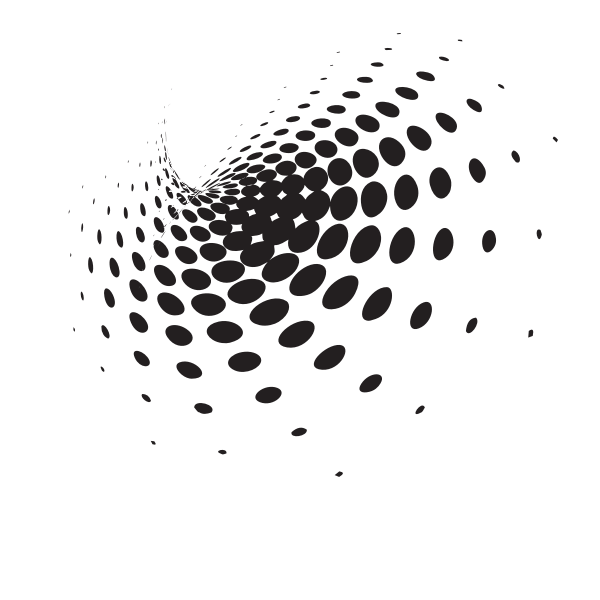

Here's a selection of tutorials to help you get started using them right away. Inkscape added a variety of new features in 2017. This collaboration has manifested in new and improved SVG and CSS properties in the SVG specification. Inkscape, as a project, is dedicated not only to open source but open standards as well: The project team collaborates with the upstream W3C Scalable Vector Graphics (SVG) Standards Committee. The Inkscape team has a long-term goal to fully implement the SVG 1.1 specification in Inkscape and will advance the version number to 1.0 to demarcate that accomplishment.

The current stable version is 0.92.2, released on August 7, 2017. Inkscape 0.92 was released in January last year with a couple of subsequent updates.

Open source creatives were rewarded in 2017 with the first major new release of Inkscape since 2015. The bad thing is that the resulting colors depends on the layer order. I almost succeeded for my illustration thanks to the interpolation, in order to decrease saturation, I'm mixing more and more almost transparent layers. In a generalization of this, you should have the color you get by intersecting the 4 dimension-space by a 2D surface One example of what i would like to get is the filling you have in the different kind of "color picker", but maybe even more flexible: colors are defined with 3 independent parameter+ transparency, in a color picker you usually set transparency to 1, and intercepted the 3 dimensionnal space remaining by a plane (R remain constant, saturation remain constant.). With an orthoradial gradient between the corresponding stop points of the x and y axis. Druban wrote:I see what you are thinking of - x-axis one set of colors and y-axis one set of colors, but then what about along the line at a 45 degree angle? How would the color of a point on that line be determined?


 0 kommentar(er)
0 kommentar(er)
